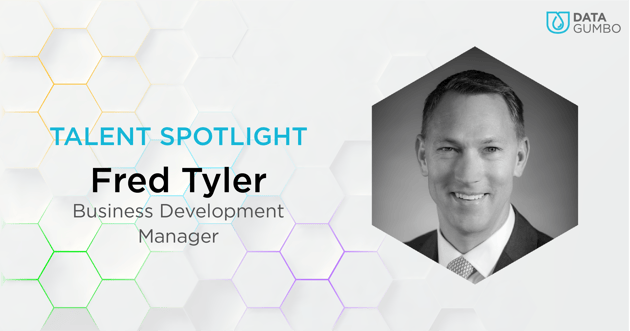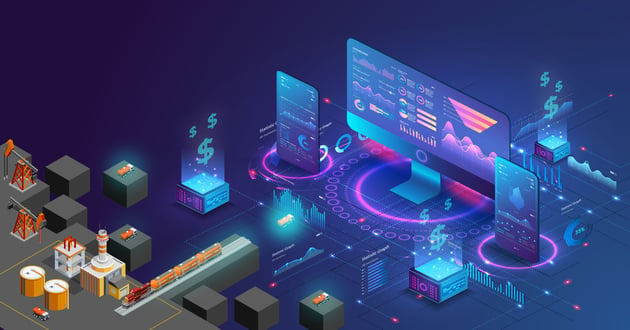Is Your Upstream Process Ready to Automate?
2. Separate out your data and determine what’s contractually related
The well creation process generates massive amounts of data related to drilling and completions. From that information, it is necessary to extract meaningful data that interprets your financial relationships with others. What data do you need to manage contractual relationships? Can that information be standardized? Do potential counterparties use a separate standard and must you conform to theirs? The IADC has created strong data standards in drilling. As a result of segregating your data related to transactions, you’ll be better positioned to feed the blocks.
3. Proof your data in order to be sure it is the single source of truth
Data that will be used to calculate payments between drillers, operators, frac spread specialists, water management, etc. must be bulletproof. Develop a way to proof your data and test its reliability over time because that data will be linked to billing. For example, what happens if your data flow stops? Can you re-establish the connection quickly? Does your data have any place where it can be manipulated by malicious actors? Are there objective tests you can perform to measure reliability? Does the data have rails or tolerances that can be programmed in for interpretation? It has to be correct because money in upstream payments needs reliable data!
4. Assign responsibility so that someone is accountable
Using data, smart contracts and blockchain is a major commitment for your organization and someone must lead the charge. Blockchain and smart contracts cross several domains: accounting, finance, IT, drilling engineers, even media relations if the data will be part of any public reporting processes. Who is your domain expert? Is it your legacy IT department? Who really has a complete picture of how the technology interacts with the overall upstream processes?
5. Sell internally in order to confirm buy-in
Are your stakeholders in the upstream process committed and supportive of change? A lack of buy-in can diminish the value of a company’s commitment. And worse yet, a lackadaisical commitment can mask real resistance that discredits the technology and sets an organization back in adopting critical data-driven processes.
6. Comfort the afflicted; this process will create disruption
Automation of any kind impacts jobs. There will be those who see the process as a direct threat to their ability to earn a living. Identify these individuals and don’t avoid the tough conversations needed to make changes. Provide sceptics with a vision of the future state of the company and their specific role in it.
7. Process map the future so that you get where you want to be
Your journey to a blockchain-enabled future should have landmarks and detailed steps to get there. Make sure the process map is laid out in a shareable form and contains the appropriate metrics before action is set irrevocably in motion. The upstream industry is full of Ph.D.s and engineers, and if you aren’t one, you will need to think like one!
8. Consult your upstream process partners because change will affect them
In the end, blockchain is about the multiple participants in the upstream process together. To the degree advisable, let your partners know to expect change. If you’re a driller, your operator customers are most likely looking at blockchain technology and have an in-house dedicated staff working on implementation. Get to know them! If you are in services, ask your customers what they know and where they are in their own blockchain journey. If they are less informed than you, a great opportunity to lead has arrived! Seize it!
9. Upgrade your upstream process knowledge so that you are the expert
Blockchain is a nascent technology, roughly at the stage of adoption that the wider internet was in 1995. The journey from AOL to Facebook has been complex. Blockchain is on a similar trajectory. Because it’s so new, you must commit to staying up to date with its evolution. Pick trusted sources and suppliers to keep you in the know and bear in mind the agenda of any provider or supplier you encounter.
10. Prepare for battle because it’s coming
It’s human nature to resist change, especially with something so potentially significant and disruptive as blockchain. As a leader committed to deploying technology to enhance well construction productivity, you should expect detractors. However, the winner will be those who use advanced blockchain technology to break free of the static, siloed data environment. The stakes are high in upstream oil & gas and blockchain presents a fantastic, forward-looking leadership opportunity to those willing to invest.


